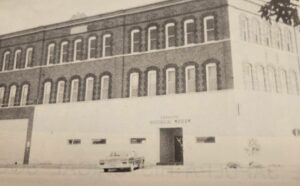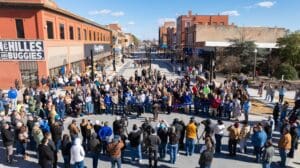Rachel Whitney, Curator,
Sapulpa Historical Museum
On June 29, 1915, a glass plant in town held a formal opening to the townsfolk of Sapulpa.
“The mammoth plant of the Bartlett-Collins Glass Company will be open for inspection this evening from eight to ten o’clock and it is expected that most of the business men and a host of other Sapulpans will take this opportunity to be guided through the plant and have the workings of the machinery explained in terms that can be understood by those most ignorant of glass making process.”
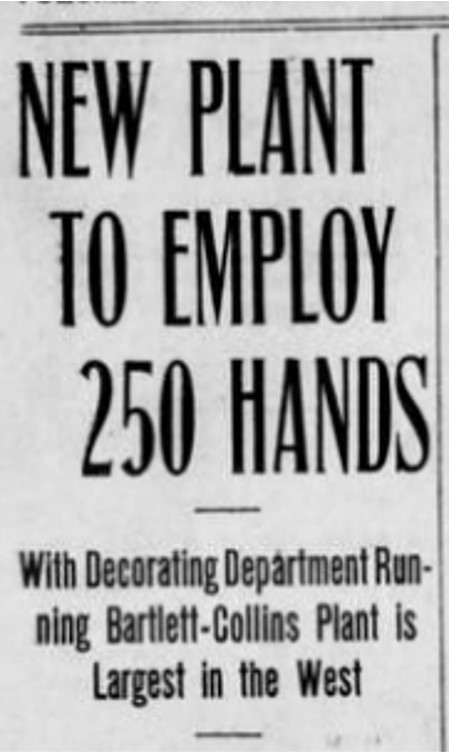
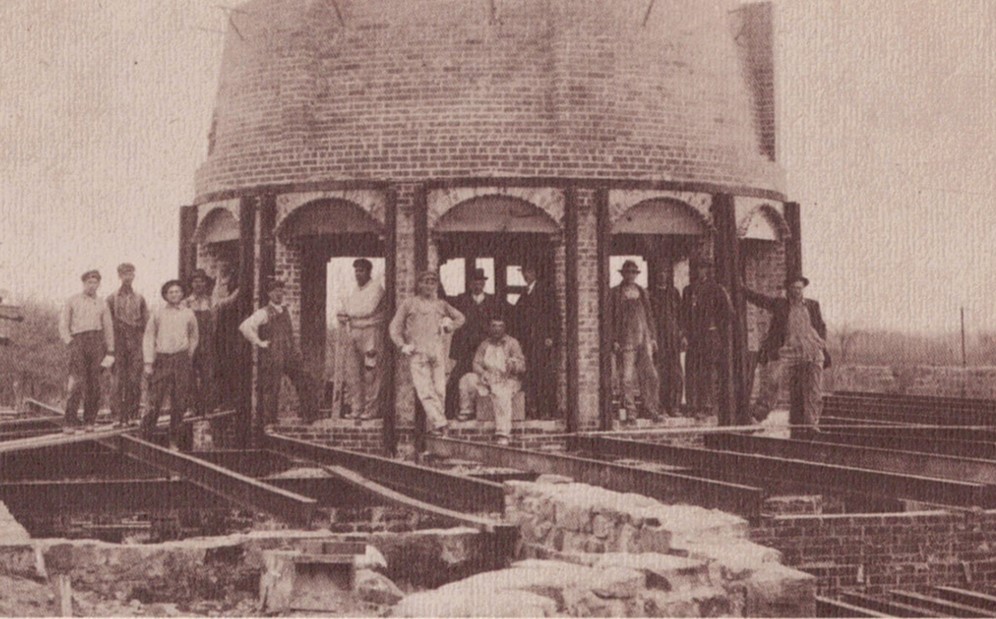
The visitors were encouraged to gaze and wonder at the factory’s workers and “the makings of several different products.” The hosts wanted to make an evening and a show out of their facility. One of the highlights was the enormous furnaces in place. “The pot furnaces from which rises the enormous stack which makes the plant so conspicuous is the largest on this side of Indian or Ohio and only at Mound Valley, Kansas, is there a factory so completely equipped to turn high grade glassware west of Ohio or West Virginia”
The day of the formal opening, “at present only about forty or fifty are employed in the factory…about the first of August, the total number of employees will not be far from two hundred and fifty.”
As the furnaces heated up, so did the workers. A few months into their opening, “men strike at Bartlett-Collins Company.”
This week in Sapulpa history, on February 7, 1916, “the first serious trouble that has occurred in the numerous glass plants of Sapulpa came this morning when the members of the American Flint Glass Workers Union walked out this morning at the plant of the Bartlett-Collins Company and refused to work until they were furnished ice water. Once or twice there has been a minor difficulty of short duration at some of the plants but this is the first time that any union has struck or even threatened to strike since the plants came to Sapulpa.”
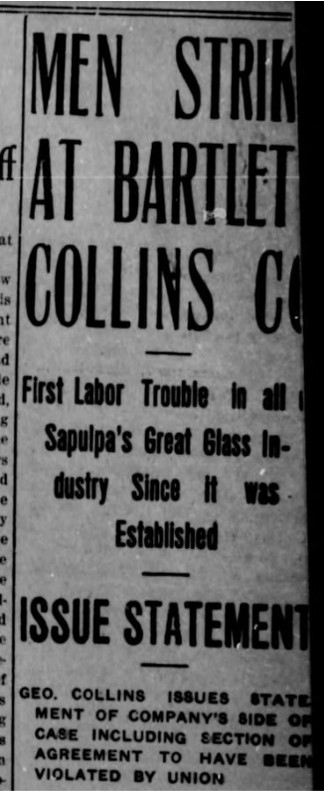
A letter was received at the newspaper to the details of the situation:
“At ten minutes of 7 o’clock this morning, the factory committee waited upon Mr. Rowland, the manager, and demanded that ice water be furnished them. Mr. Rowland replied that it was ten minutes of seven o’clock and it would be impossible to obtain some at 7 o’clock. The committee then stated there would be no work and walked out.”
The union stated that this was an ongoing problem and that there had been no water of any kind furnished to them on several occasions.
A statement from the company was announced which stated: “We wish to advise that during the warm weather that the company has provided ice water, but suspended the use of ice at the beginning of this recent cold spell. On the other hand, for the sole purpose of providing our men with good, pure, running water for drinking purposes, we drilled a well 70 feet deep and through solid sandstone and have provided them with this water through a continuous flow from the well. This water this morning was very cool in temperature.”
A few days later, this week in Sapulpa history, on February 9, it was settled.
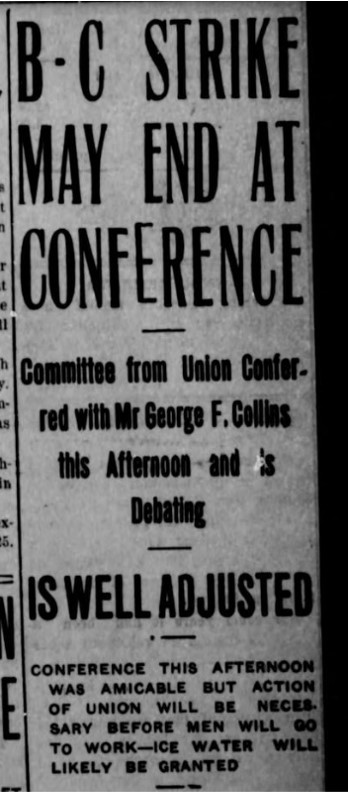
“The strike at the Bartlett-Collins Glass Plant was ended at three-thirty today when the union voted to accept the terms of the company. The meeting with the committee at the glass plant lasted most of the afternoon and all the grievances are understood to have been gone over and threshed out in a friendly way.” The workers had no more desire to go on strikes and were anxious to get back to work.
The strike had been settled, and all had been reconciled and agreed upon. Among other things, the workers were to be furnished with ice water. This would aid in the heated working conditions.
“A few men and women were still working in the factory today in the packing department getting out shipments but for the most part the big factory was silent except for the sputter of the gas still lighted under the tanks and waiting for the return of the workmen.”
The workers would follow up and proceed to work the following morning.




